I am trying to learn how to read. So, I’m standing in the middle of the road hoping no car will come. I’m doing this because it’s time for the last birds to skedaddle. They get ready for the big push south by swirling around in tight, restless flocks. It’s breathtaking.
 From below, they are written in one language, one of a single plane of identical creatures simultaneously beating their wings as if sharing one breath. From the side, though (it might help to open the pictures in a new window to see them in a larger view), there’s a different language entirely.
From below, they are written in one language, one of a single plane of identical creatures simultaneously beating their wings as if sharing one breath. From the side, though (it might help to open the pictures in a new window to see them in a larger view), there’s a different language entirely.
 Flapping and soaring of all kinds.
Flapping and soaring of all kinds.
There are even paragraphs.
 A little closer on that kind of thing …
A little closer on that kind of thing …
Yup. That’s the winter fog above them. That’s why this place is not arctic.
Kind of like our own local Gulf Stream.
Amazing! It’s mathematics, physics and language all in one, but, here’s the kicker: it’s not human mathematics, physics or language, or, better put, it’s none that come out of the human traditions that bear those names. Because it has no name, it is called poetry, and set outside the boundary of discussion. It’s beautiful, right. Over and done with. The thing is, beauty is form and balance, which is to say, mathematics, physics and grammar. In contemporary ways of thinking, if this language of the birds could be measured or statistically analyzed, it could be included in the discussions of contemporary science. In fact, however, it goes to the very ground of contemporary science, because even the most precise, machine-based science holds within it a split between two traditions: one that sought to divorce humans from God, and one that sought to bring them closer. This is the closer part. Ah, but we were talking about migration. It’s not for everyone this year, I’m afraid.
Weathered American Robin Watching the Bird Show
Suddenly, there are robins everywhere. They must have arrived from the north. It must be getting frosty on the plateau. This one, though, I think he’s here to stay. As for language, photography and visual art have developed a grammar for what these birds are doing, and poetry, too, in moments of brilliance. It’s science to which it presents an open door into the complete unknown. Here’s how science puts it in the age of algorithmic computer modelling (the quote is in the American language):
Basic models of flocking behavior are controlled by three simple rules:
Separation – avoid crowding neighbors (short range repulsion)
Alignment – steer towards average heading of neighbors
Cohesion – steer towards average position of neighbors (long range attraction) Source.
All fine and good, but it does not describe, honour or in any way approach this, or at least in any human way:
Now, what is a flock? It’s an old term from weaving. It is the process of building up texture on a surface of cloth or wood by the application of small amounts of material over and over again. The icons of the orthodox tradition are flocked in this way. As for starlings, the birds whirling around in these images, the word is ancient, and comes from the proto-Germanic Staraz. It means “rigid”. So, rigid plus ling = little (or most loved) rigid things.
Most loved stiff things swirling in the air.
In those old languages, it wasn’t the birds that were doing the flying, but the flying that was catching up the birds and flocking them, or building them up on the sky into texture by the application of small amounts of material one and over again. There is room for science to grow into the space that describes. It would be a science of humans on this earth. It would be wise. Not stepping through that door would be, well, not stepping through that door.
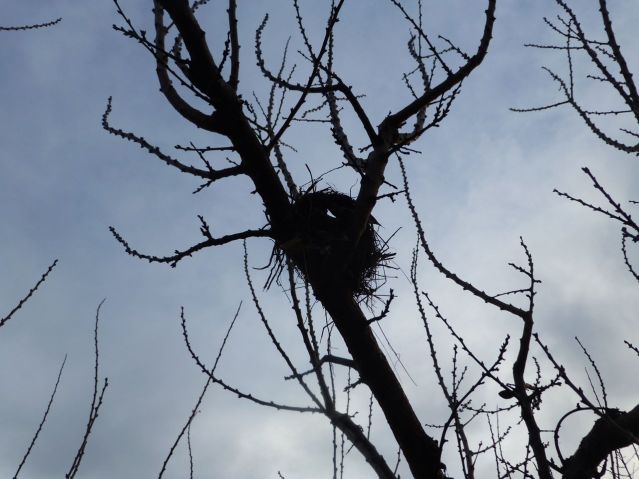 Robin Nest with a Hole in It from the Fall Rains
Robin Nest with a Hole in It from the Fall Rains
The world offers many doors.
This is one.
Categories: Nature Photography, Science

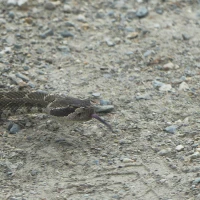

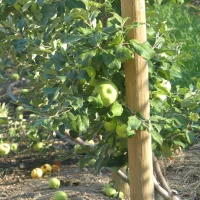

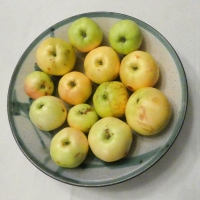

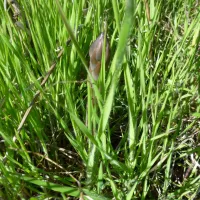





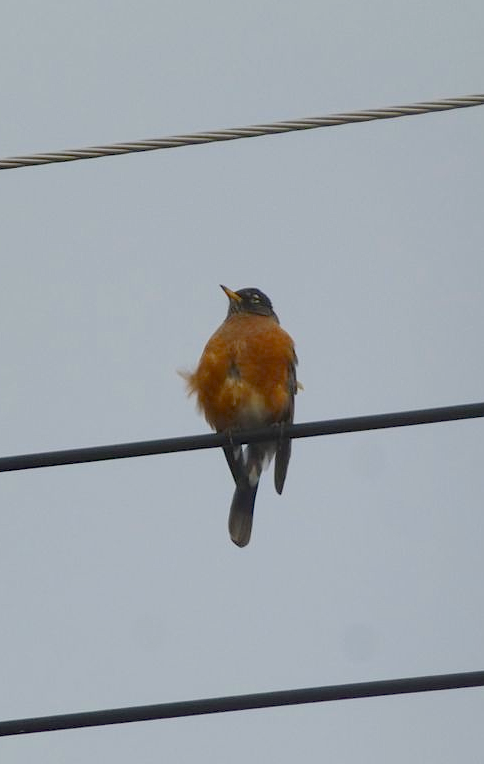


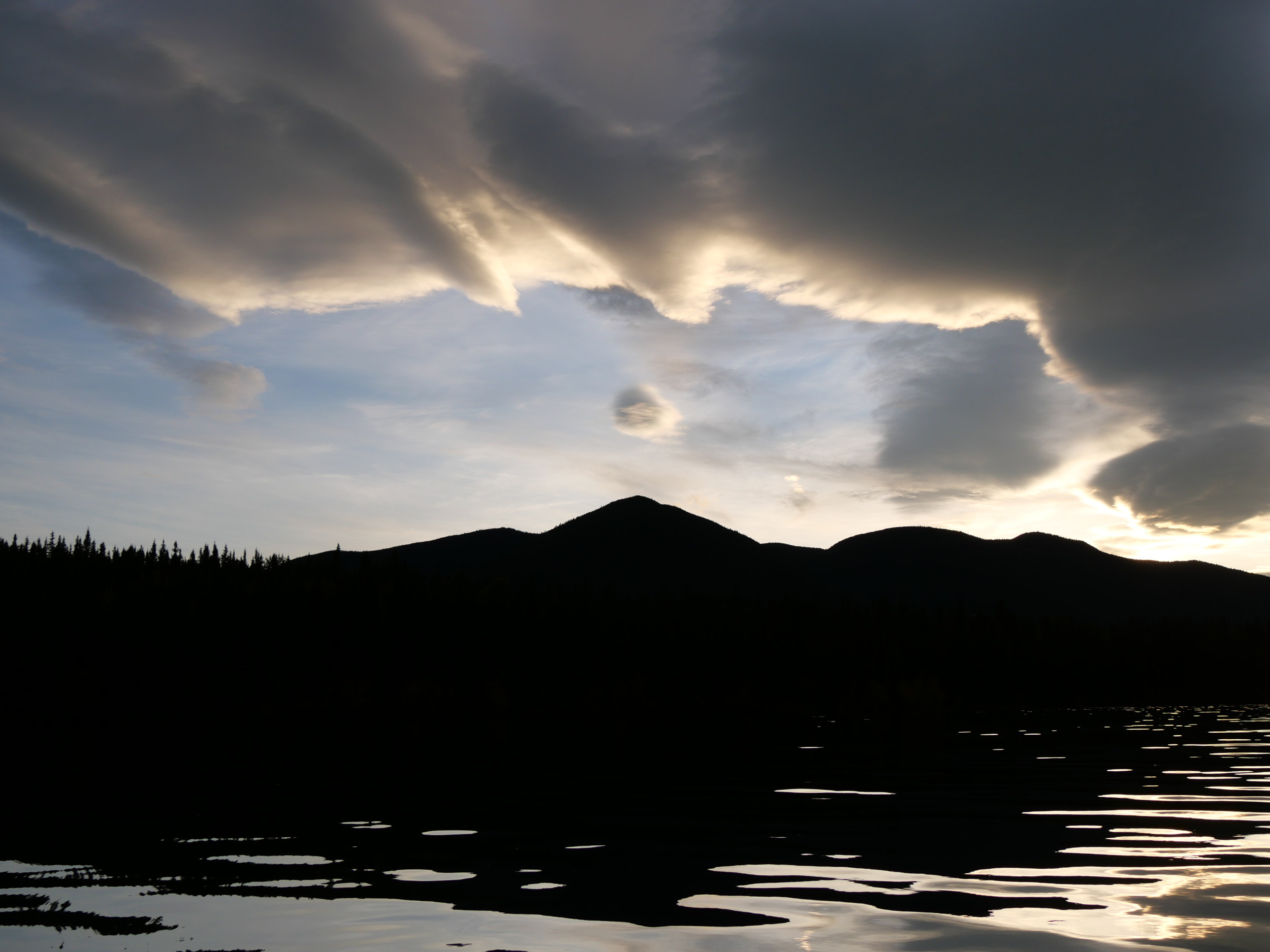
This, about flock, takes my breath away, like swallows that nest under the bridge deck, their swoop. To insects in the air and back to their little ones.
I hope this is what I dream of tonight.
Enough of nightmares.
LikeLike
I hope you dream of it too. Blessings, Harold
LikeLike
The flying birds would be such a hard shot to take!
LikeLike
I won’t show you my rejects! Some of them have no birds in them at all. 🙂
LikeLike
Haha, that made me laugh. Harold, you might want to have a look at the eagle shot which I featured in my recent post covering photos from Nat Geo. I think you will love it. I was stunned.
LikeLike
Yes, I saw that on your blog this morning, that’s a mighty cool shot
LikeLike
the flocks are marvelous, but nothing more attractive then the windblown red-chested little guy.
LikeLike